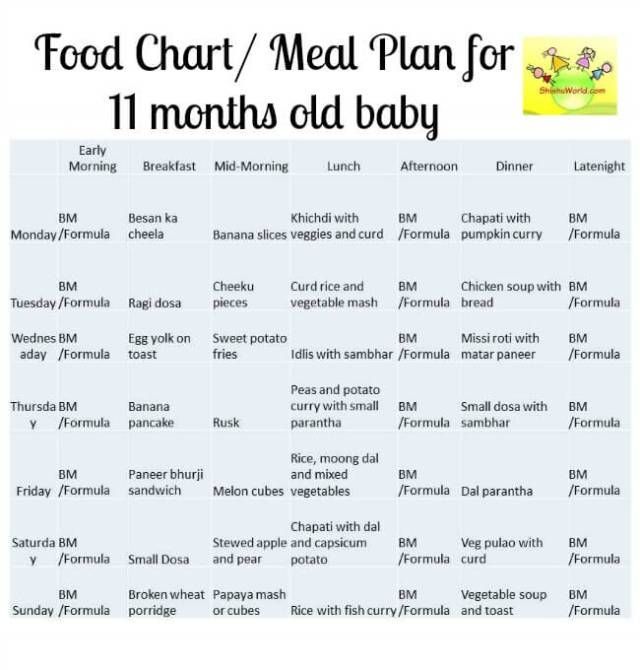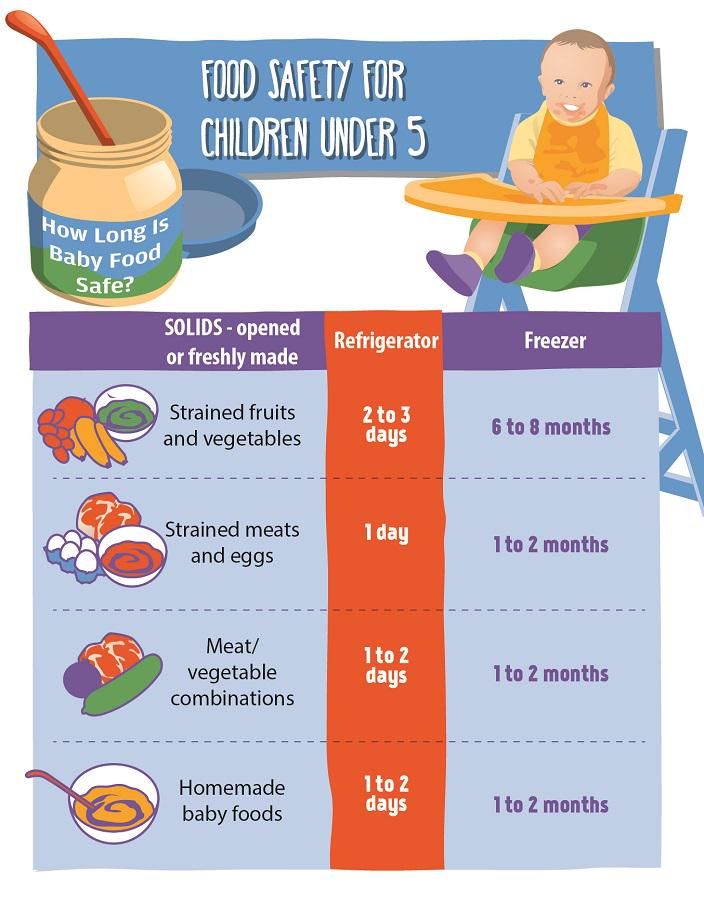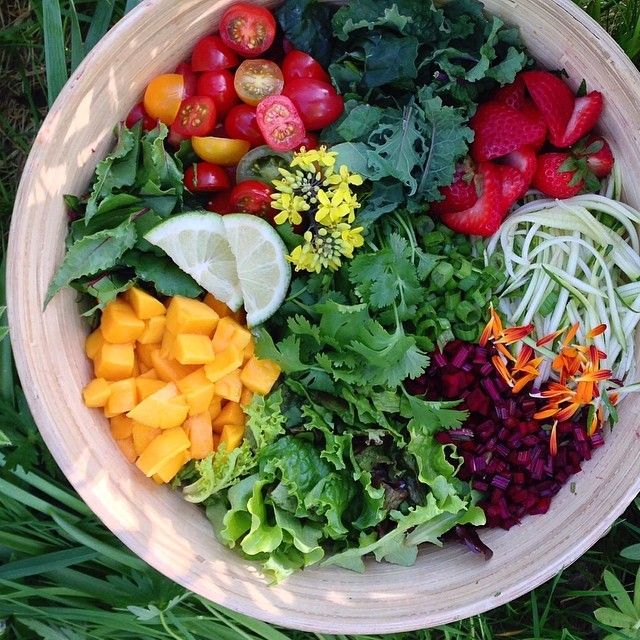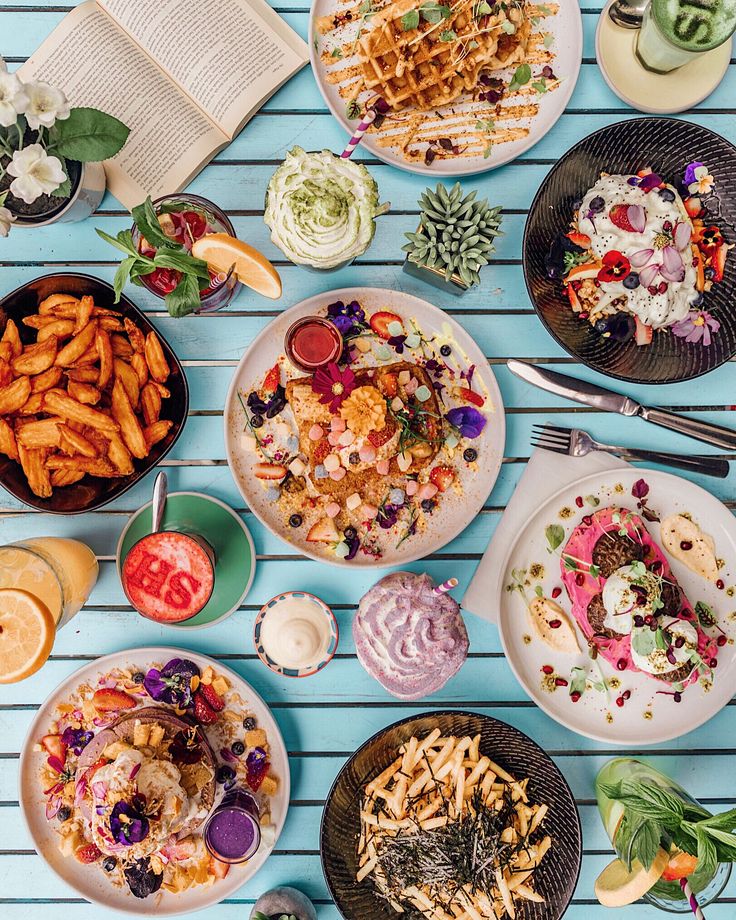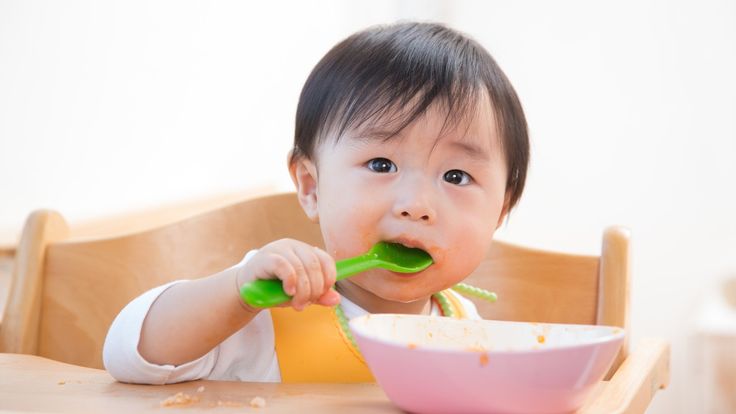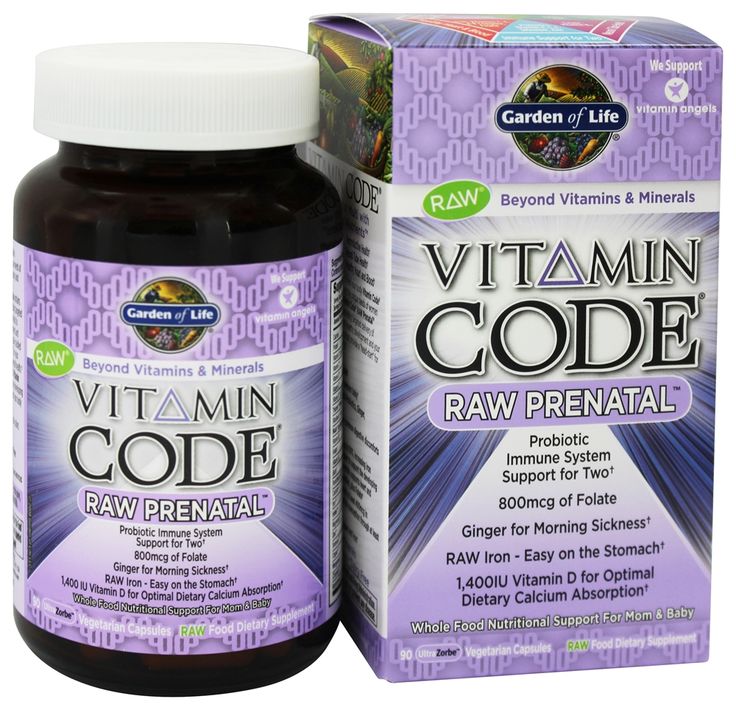Seven month old baby food schedule
An Authoritative Guide by Our Experts
Your little one is now 7 months of age. Should you change up his meal schedule? Or adjust the amount of food? Here’s what our experts have to say.
By Health Promotion Board in collaboration with A/Prof Mary Daniel Lourdes, Head & Senior Consultant, Clinical Services, Department of Child Development, KK Women's and Children's Hospital.
At 7 months old, your baby may already be on two solid meals a day. Fret not if he’s eating less solid food than that, as different babies progress at different speeds.
Recommended Number of Servings (7 months)
Here are the recommended number of servings per day for your baby's development. Remember, these numbers are only recommendations. Let your baby decide how much he wants to eat!
| Brown rice and wholemeal bread | Fruit | Vegetables | Meat and others | Milk (breast/formula) |
| 1-2 | ½ | ½ | ½ | 500-750ml |
7-month-baby Meal Schedule
Your meal schedule for the little one might look like this:
- Early morning snack: 150ml breast milk/formula
- Breakfast: 3 to 4 tablespoons of rice cereal mixed with 60ml breast milk/formula
- Mid-morning snack: 180ml breast milk/formula
- Lunch: ¼ to ¾ bowl* of solid food
- Afternoon snack: 180ml breast milk/formula
- Dinner: ¼ to ¾ bowl* of solid food
- Evening snack: 180ml breast milk/formula
*Rice bowl
Right now, your baby’s meals may typically be made up of a base wholegrain/grain (e. g. porridge) mixed with vegetable (e.g. pureed broccoli) and meat/others (e.g. tofu), perhaps with a tiny portion of fruit (e.g. apple and other fruit puree) when your baby feels up for it.
Broken down into these components, there are countless yummy meal combos you and your baby can explore. Just mix and match and let your creativity go wild! Read on for ideas on what you can feed your 7-month-old tot.
Related: Nutrition for Your Toddler
7-month-old Baby Food Ideas for Mummy and Daddy
Along the grain
You know brown rice cereal and brown rice porridge are good staples for your baby. But you’re ready to branch out. Why not try other iron-fortified cereals made from other wholegrains such as oat, barley, or millet? They are great sources of vitamins and minerals.
Related: No Wholegrain, No Gain
Variety of veggies
Pureed carrots, pumpkin, spinach… your baby might have already tried these typical “baby foods”. Expand the veggie menu: your baby might enjoy other vegetables such as butternut squash or brinjal, which can both be steamed until tender for effortless mashing. Broccoli and cauliflower are also mashable veggie options that are good sources of vitamin C.
Expand the veggie menu: your baby might enjoy other vegetables such as butternut squash or brinjal, which can both be steamed until tender for effortless mashing. Broccoli and cauliflower are also mashable veggie options that are good sources of vitamin C.
Related: Harness the Goodness of Fruit and Vegetables
Fruity fun
As for fruit, mummy and daddy can try venturing out of the sweet zone: your little one might enjoy the tart taste of fruit like cherries or plums (pits removed and pureed). So try feeding your little one some sour treats — and watch his face for when the flavour first hits him. Adorable! Note to mum and dad: no citrus fruit yet, though, as those are too acidic.
Baby not into sour fruit just yet? Why not try feeding him every millennial’s favourite fruit: the avocado! It’s easy to mash, and adds a subtle sweet flavor and creaminess to rice cereals.
Related: Fun Fruity Facts
Meet meat alternatives
Chicken and tofu are the safe baby food options, but your baby might be ready to handle other types of protein. Looking for a protein-packed alternative to meat? Try pulses like mashed chickpeas or kidney beans.
Looking for a protein-packed alternative to meat? Try pulses like mashed chickpeas or kidney beans.
You can also introduce junior to fish such as salmon and cod—make sure you flake and mash them well. Do talk to your pediatrician before feeding fish to your baby if he has:
- Had an allergic reaction to food in the past
- A food allergy
- Chronic (long-term) eczema
Keep observing your child for signs of an allergic reaction after you feed him fish, as it is one of the most common food allergens. Signs include facial swelling, rashes, vomiting, diarrhea, and difficulty in breathing. Take your baby to the doctor if you spot any of these signs.
Related: Soya—The Unique Plant Protein
Try These Solid Meals!
Breakfast
- Oat cereal with breast/formula milk with pureed cherries
- Brown rice porridge with pumpkin puree
Lunch/Dinner
- Brown rice porridge with mashed chickpea and mashed cauliflower + tablespoonful of pureed plums
- Brown rice porridge with mashed butternut squash and mashed cod
- Millet cereal with apple and spinach puree, with pureed chicken
Related: Introducing Wholegrains to Your Child
Friendly Reminders for Mum and Dad
6 to 9 months: smooth, soft and fine texture
When you first start your baby on solids, the food you feed him should be smooth, soft, and fine in texture. As the little one grows older and gets better at chewing, you can gradually feed him food that is thicker and coarser—for example, a thicker puree.
As the little one grows older and gets better at chewing, you can gradually feed him food that is thicker and coarser—for example, a thicker puree.
Related: Your Growing Baby
Food prep pointers
If you’re making your own baby food, make sure to prepare it without oil. Some great cooking methods are steaming, boiling, baking, or microwaving. No stir-frying or grilling yet for the little one! Remember to skip the sugar, salt and any other seasonings (e.g. soy sauce) when preparing the meals.
Related: From Goreng to Grill: Healthier Cooking Methods
Be patient
If your baby isn’t interested in a certain food, do not force it. There’s also no need to force your child to finish everything on his plate! Stop feeding him if he rejects the food, and try again during the next meal. Right now, your baby knows best about how much he wants to eat.
Related: Getting Ready for Solids
What makes 1 serving?
Brown rice and wholemeal bread | ½ bowl of brown rice/rice (100g) |
Fruit | 1 small apple, orange, pear or mango (130g) |
Vegetable | ¾ mug or 1 small rice bowl of cooked vegetables (100g) |
Meat and others | 1 palm-sized piece of fish, lean meat or skinless poultry (90g) |
This article was last reviewed on Tuesday, November 15, 2022
Programmes You May Like
View More Programmes
Stay Well to Stay Strong
Kickstart your healthy habits today with good hygiene practices, an active lifestyle, a balanced diet and sufficient sleep.
Programmes You May Like
View More Programmes
Catalog-Item Reuse
Your little one is now 7 months of age. Should you change up his meal schedule? Or adjust the amount of food? Here’s what our experts have to say.
<div><div><p>
By Health Promotion Board in collaboration with A/Prof Mary Daniel Lourdes, Head & Senior Consultant, Clinical Services, Department of Child Development, KK Women's and Children's Hospital. </p><p>At 7 months old, your baby may already be on two solid meals a day. Fret not if he’s eating less solid food than that, as different babies progress at different speeds.</p><h3>Recommended Number of Servings (7 months)</h3><p>Here are the recommended number of servings per day for your baby's development. Remember, these numbers are only recommendations. Let your baby decide how much he wants to eat!</p><div><table border="1" cellspacing="0" cellpadding="0"><tbody><tr><td>
</p><p>At 7 months old, your baby may already be on two solid meals a day. Fret not if he’s eating less solid food than that, as different babies progress at different speeds.</p><h3>Recommended Number of Servings (7 months)</h3><p>Here are the recommended number of servings per day for your baby's development. Remember, these numbers are only recommendations. Let your baby decide how much he wants to eat!</p><div><table border="1" cellspacing="0" cellpadding="0"><tbody><tr><td>
<strong>Brown rice and wholemeal bread</strong></td><td>
<strong>Fruit</strong></td><td>
<strong>Vegetables</strong></td><td>
<strong>Meat and others</strong></td><td>
<strong>Milk (breast/formula)</strong></td></tr><tr><td>1-2</td><td>½</td><td>½</td><td>½</td><td>500-750ml</td></tr></tbody></table></div><p>
</p><h3>7-month-baby Meal Schedule
</h3><p>Your meal schedule for the little one might look like this:
</p><ul><li>
<strong>Early morning snack:</strong> 150ml breast milk/formula
</li><li>
<strong>Breakfast:</strong> 3 to 4 tablespoons of rice cereal mixed with 60ml breast milk/formula</li><li>
<strong>Mid-morning snack:</strong> 180ml breast milk/formula</li><li>
<strong>Lunch:</strong> ¼ to ¾ bowl* of solid food</li><li>
<strong>Afternoon snack: </strong>180ml breast milk/formula</li><li>
<strong>Dinner: </strong>¼ to ¾ bowl* of solid food</li><li>
<strong>Evening snack:</strong> 180ml breast milk/formula</li>
*Rice bowl </ul><p></p><p>Right now, your baby’s meals may typically be made up of a base wholegrain/grain (e.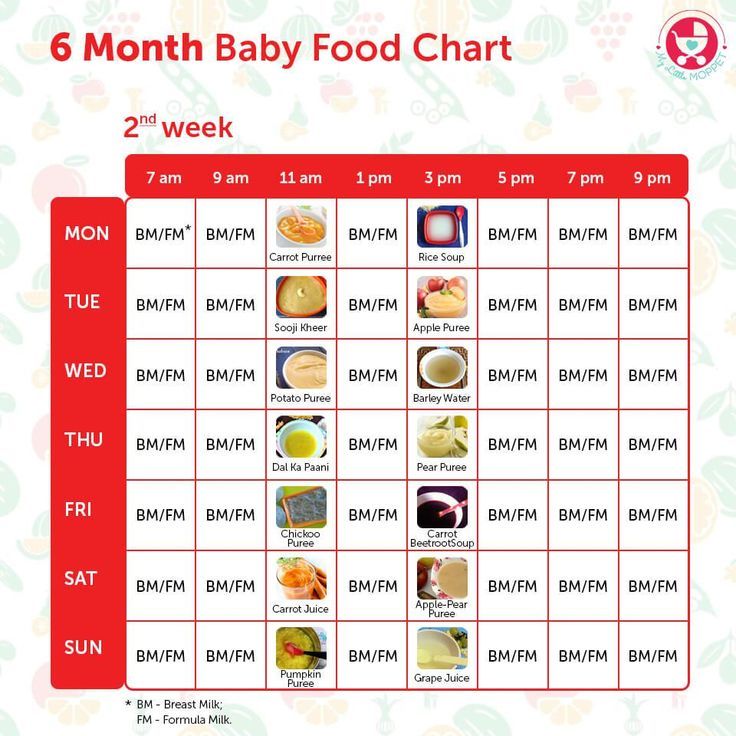 g. porridge) mixed with vegetable (e.g. pureed broccoli) and meat/others (e.g. tofu), perhaps with a tiny portion of fruit (e.g. apple and other fruit puree) when your baby feels up for it.
g. porridge) mixed with vegetable (e.g. pureed broccoli) and meat/others (e.g. tofu), perhaps with a tiny portion of fruit (e.g. apple and other fruit puree) when your baby feels up for it.
</p><p>Broken down into these components, there are countless yummy meal combos you and your baby can explore. Just mix and match and let your creativity go wild! Read on for ideas on what you can feed your 7-month-old tot.</p><p>
<strong>Related:
<a href="https://www.healthhub.sg/live-healthy/1243/baby-nutrition-for-your-toddler" title="Nutrition for Your Toddler">Nutrition for Your Toddler</a></strong></p></div><div><h3>7-month-old Baby Food Ideas for Mummy and Daddy
</h3><p>
<img src="/sites/assets/Assets/Categories/Pregnancy%20and%20Infant%20Health/35_Opmz_621145626.jpg" alt="7-month baby diet includes pureed veggies " />
</p><h4>Along the grain</h4><p>You know brown rice cereal and brown rice porridge are good staples for your baby. But you’re ready to branch out. Why not try other iron-fortified cereals made from other wholegrains such as oat, barley, or millet? They are great sources of vitamins and minerals.
But you’re ready to branch out. Why not try other iron-fortified cereals made from other wholegrains such as oat, barley, or millet? They are great sources of vitamins and minerals.
</p><p>
<strong>Related:
<a href="https://www.healthhub.sg/live-healthy/1831/no-wholegrain-no-gain" title="No Wholegrain, No Gain">No Wholegrain, No Gain</a></strong></p><h4>Variety of veggies</h4><p>Pureed carrots, pumpkin, spinach… your baby might have already tried these typical “baby foods”. Expand the veggie menu: your baby might enjoy other vegetables such as butternut squash or brinjal, which can both be steamed until tender for effortless mashing. Broccoli and cauliflower are also mashable veggie options that are good sources of vitamin C.</p><p>
<strong>Related:
<a href="https://www.healthhub.sg/live-healthy/514/Benefits%20of%20Fruit%20and%20Vegetables" title="Harness the Goodness of Fruit and Vegetables">Harness the Goodness of Fruit and Vegetables</a></strong></p><h4>Fruity fun</h4><p>As for fruit, mummy and daddy can try venturing out of the sweet zone: your little one might enjoy the tart taste of fruit like cherries or plums (pits removed and pureed). So try feeding your little one some sour treats — and watch his face for when the flavour first hits him. Adorable! Note to mum and dad: no citrus fruit yet, though, as those are too acidic.</p><p>Baby not into sour fruit just yet? Why not try feeding him every millennial’s favourite fruit: the avocado! It’s easy to mash, and adds a subtle sweet flavor and creaminess to rice cereals.</p><p>
So try feeding your little one some sour treats — and watch his face for when the flavour first hits him. Adorable! Note to mum and dad: no citrus fruit yet, though, as those are too acidic.</p><p>Baby not into sour fruit just yet? Why not try feeding him every millennial’s favourite fruit: the avocado! It’s easy to mash, and adds a subtle sweet flavor and creaminess to rice cereals.</p><p>
<strong>Related:
<a href="https://www.healthhub.sg/live-healthy/1291/fun-fruity-facts" title="Fun Fruity Facts">Fun Fruity Facts</a></strong></p><h4>
</h4><h4>
<img src="/sites/assets/Assets/Categories/Pregnancy%20and%20Infant%20Health/35_Opmz_597211418.jpg" alt="Avocado is easy to mash, sweet and creamy – perfect for 7-month-old babies" />
</h4><h4>
</h4><h4>Meet meat alternatives</h4><p>Chicken and tofu are the safe baby food options, but your baby might be ready to handle other types of protein. Looking for a protein-packed alternative to meat? Try pulses like mashed chickpeas or kidney beans.</p><p>You can also introduce junior to fish such as salmon and cod—make sure you flake and mash them well. Do talk to your pediatrician before feeding fish to your baby if he has:
Looking for a protein-packed alternative to meat? Try pulses like mashed chickpeas or kidney beans.</p><p>You can also introduce junior to fish such as salmon and cod—make sure you flake and mash them well. Do talk to your pediatrician before feeding fish to your baby if he has:
</p><ol><li>Had an allergic reaction to food in the past</li><li>A food allergy</li><li>Chronic (long-term) eczema</li></ol><p></p><p>Keep observing your child for signs of an allergic reaction after you feed him fish, as it is one of the most common food allergens. Signs include facial swelling, rashes, vomiting, diarrhea, and difficulty in breathing. Take your baby to the doctor if you spot any of these signs.</p><p>
<strong>Related:
<a href="https://www.healthhub.sg/live-healthy/190/soya_unique_plant_protein" title="Soya—The Unique Plant Protein">Soya—The Unique Plant Protein</a></strong></p></div><div><h3>Try These Solid Meals!</h3><p>
<strong>Breakfast</strong> </p><ul><li>Oat cereal with breast/formula milk with pureed cherries</li><li>Brown rice porridge with pumpkin puree</li></ul><p></p><p>
<strong>Lunch/Dinner</strong> </p><ul><li>Brown rice porridge with mashed chickpea and mashed cauliflower + tablespoonful of pureed plums</li><li>Brown rice porridge with mashed butternut squash and mashed cod</li><li>Millet cereal with apple and spinach puree, with pureed chicken</li></ul><p></p><p>
<strong>Related:
<a href="https://www. healthhub.sg/live-healthy/617/wholegrain%20for%20children" title="Introducing Wholegrains to Your Child">Introducing Wholegrains to Your Child</a></strong></p></div><div><h3>Friendly Reminders for Mum and Dad</h3><h4>6 to 9 months: smooth, soft and fine texture</h4><p>When you first start your baby on solids, the food you feed him should be smooth, soft, and fine in texture. As the little one grows older and gets better at chewing, you can gradually feed him food that is thicker and coarser—for example, a thicker puree.</p><p>
healthhub.sg/live-healthy/617/wholegrain%20for%20children" title="Introducing Wholegrains to Your Child">Introducing Wholegrains to Your Child</a></strong></p></div><div><h3>Friendly Reminders for Mum and Dad</h3><h4>6 to 9 months: smooth, soft and fine texture</h4><p>When you first start your baby on solids, the food you feed him should be smooth, soft, and fine in texture. As the little one grows older and gets better at chewing, you can gradually feed him food that is thicker and coarser—for example, a thicker puree.</p><p>
<strong>Related:
<a href="https://www.healthhub.sg/live-healthy/9/guide_your_growing_baby" title="Your Growing Baby">Your Growing Baby</a></strong></p><h4>Food prep pointers</h4><p>If you’re making your own baby food, make sure to prepare it without oil. Some great cooking methods are steaming, boiling, baking, or microwaving.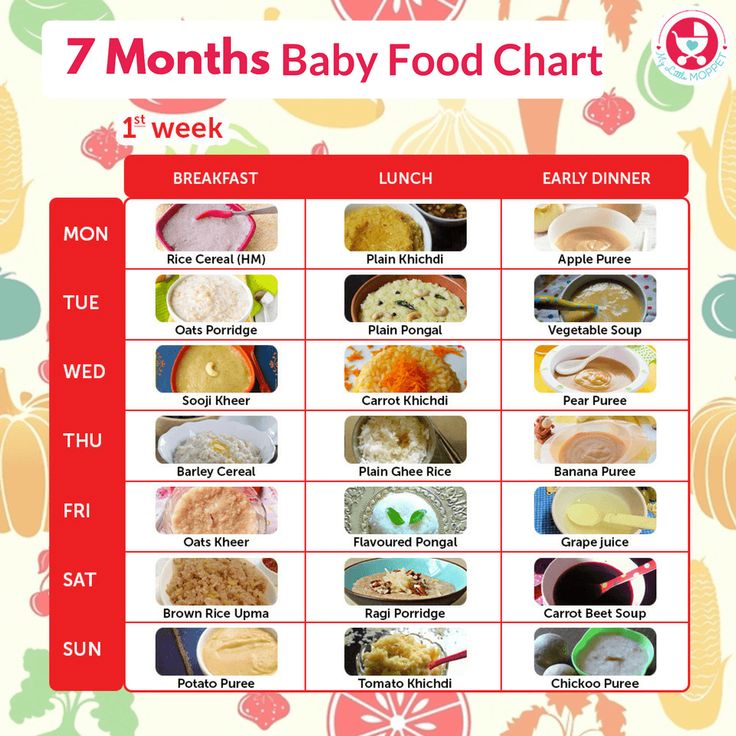 No stir-frying or grilling yet for the little one! Remember to skip the sugar, salt and any other seasonings (e.g. soy sauce) when preparing the meals.</p><p>
No stir-frying or grilling yet for the little one! Remember to skip the sugar, salt and any other seasonings (e.g. soy sauce) when preparing the meals.</p><p>
<strong>Related:
<a href="https://www.healthhub.sg/live-healthy/1804/from-goreng-to-grill-healthier-cooking-methods" title="From Goreng to Grill: Healthier Cooking Methods">From Goreng to Grill: Healthier Cooking Methods</a></strong></p><h4>
</h4><h4>
<img src="/sites/assets/Assets/Categories/Pregnancy%20and%20Infant%20Health/35_Opmz_913370376.jpg" alt="Steaming is a healthy way to prepare food for your 7-month-old baby" />
</h4><h4>
</h4><h4>Be patient</h4><p>If your baby isn’t interested in a certain food, do not force it. There’s also no need to force your child to finish everything on his plate! Stop feeding him if he rejects the food, and try again during the next meal. Right now, your baby knows best about how much he wants to eat.</p><p>
Right now, your baby knows best about how much he wants to eat.</p><p>
<strong>Related:
<a href="https://www.healthhub.sg/live-healthy/1227/baby-getting-ready-for-solids" title="Getting Ready for Solids">Getting Ready for Solids</a></strong></p><h4>What makes 1 serving?</h4><div><table cellspacing="0" border="1"><tbody><tr><td><p>
<strong>Brown rice and wholemeal bread</strong></p></td><td><p>½ bowl of brown rice/rice (100g)
½ bowl of noodles, spaghetti or beehoon (100g)
1 large potato (180g)
</p></td></tr><tr><td><p>
<strong>Fruit</strong></p></td><td><p>1 small apple, orange, pear or mango (130g)
1 wedge pineapple, papaya or watermelon (130g)
1 medium banana</p></td></tr><tr><td><p>
<strong>Vegetable</strong></p></td><td><p>¾ mug or 1 small rice bowl of cooked vegetables (100g)
¼ plate of vegetables</p></td></tr><tr><td><p>
<strong>Meat and others</strong></p></td><td><p>1 palm-sized piece of fish, lean meat or skinless poultry (90g)
2 small blocks of soft beancurd (170g)
¾ cup or 1 small rice bowl of cooked pulses (e. g. lentils) (120g)</p></td></tr></tbody></table></div></div><div>
g. lentils) (120g)</p></td></tr></tbody></table></div></div><div>
<p>
<strong>For more information on early nutrition and weaning recipes for your little one, visit
<a href="https://www.healthhub.sg/programmes/122/early-nutrition-for-babies" title="Early Childhood Nutrition">Early Childhood Nutrition.</a></strong></p><p>
<a href="https://www.healthhub.sg/programmes/183/parent-hub/baby-toddler">Visit Parent Hub, for more useful tips and guides to give your baby a healthy start.</a></p><p>
<em>Download the HealthHub app on
<a href="https://play.google.com/store/apps/details?id=sg.gov.hpb.healthhub&hl=en_SG" target="_blank" rel="nofollow">Google Play</a> or
<a href="https://itunes.apple.com/sg/app/healthhub-sg/id1034200875?mt=8" target="_blank" rel="nofollow">Apple Store</a> to access more health and wellness advice at your fingertips. </em> </p><hr /><p>
</em> </p><hr /><p>
<strong>Read these next:</strong></p><ul><li>
<a href="https://www.healthhub.sg/live-healthy/1927/Breastfeeding-as-a-Working-Mother" title="Breastfeeding as a Working Mother">Breastfeeding as a Working Mother</a>
</li><li>
<a href="https://www.healthhub.sg/live-healthy/156/babys_first_food_journey" title="Baby's First Food Journey">Baby's First Food Journey</a></li><li>
<a href="https://www.healthhub.sg/live-healthy/2028/nutrition-for-toddlers-12-24-months" title="Early Childhood Nutrition: Food Guide for Your One-Year- Old">Early Childhood Nutrition: Food Guide for Your One-Year- Old</a>
</li><li>
<a href="https://www.healthhub.sg/live-healthy/1959/Early-Nutrition-Baby-Switching-Cows-Milk" title="Early Nutrition: Switching to Cow’s Milk for Babies">Early Nutrition: Switching to Cow’s Milk for Babies</a> </li><li>
<a href="https://www.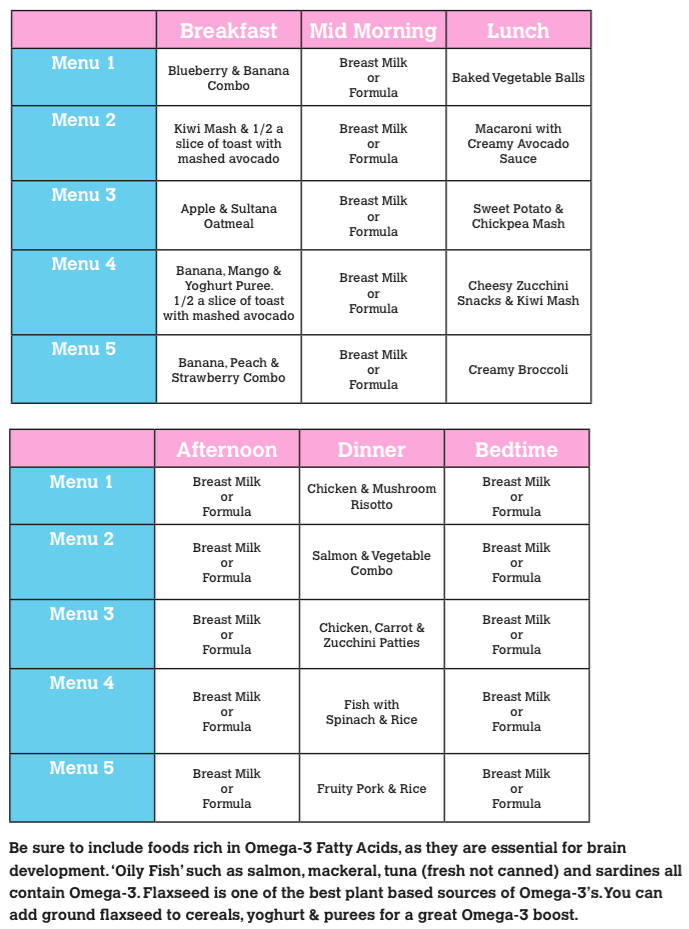 healthhub.sg/live-healthy/2020/getting-baby-started-on-solids" title="Getting Your Baby Started on Solids">Getting Your Baby Started on Solids</a> </li><li>
healthhub.sg/live-healthy/2020/getting-baby-started-on-solids" title="Getting Your Baby Started on Solids">Getting Your Baby Started on Solids</a> </li><li>
<a href="https://www.healthhub.sg/live-healthy/1579/things-new-dads-need-to-know" title="Things New Dads Need to Know">Things New Dads Need to Know</a>
</li></ul></div></div>
Thursday, October 25, 2018
Thursday, November 1, 2018
No
2021
Tuesday, November 15, 2022
<div>Health Promotion Board </div>
/sites/assets/Assets/Logos%20and%20Official/HPB%20CMYK%20Logo%20Padded.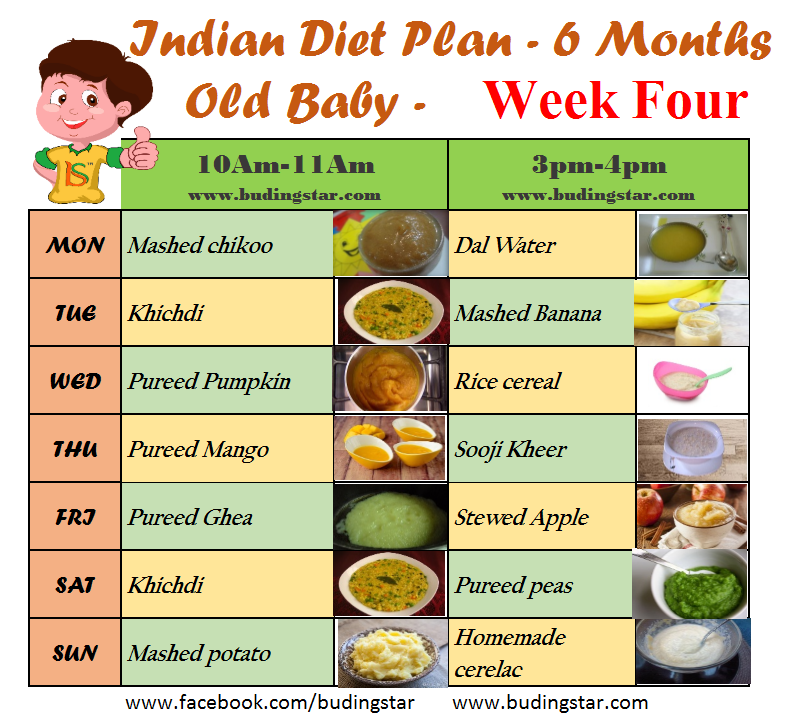 jpg
jpg
Health Promotion Board
https://www.hpb.gov.sg
7-month-baby Diet: An Authoritative Guide by Our Experts
Articles
7- and 8-month-old feeding schedules
How much does your baby need to eat and drink every day – and how can you make sure they're getting all the vitamins and nutrients they need? It can be tricky to find the balance, since 7- to 8-month-olds are eating more solid foods, but still need anywhere from 24 to 32 ounces of breast milk or formula each day. These feeding schedules for 7- and 8-month-olds will help you fit all the pieces of your baby's diet together.
At 7 and 8 months old, your baby is focused on moving more, playing more, and learning more about the world around them.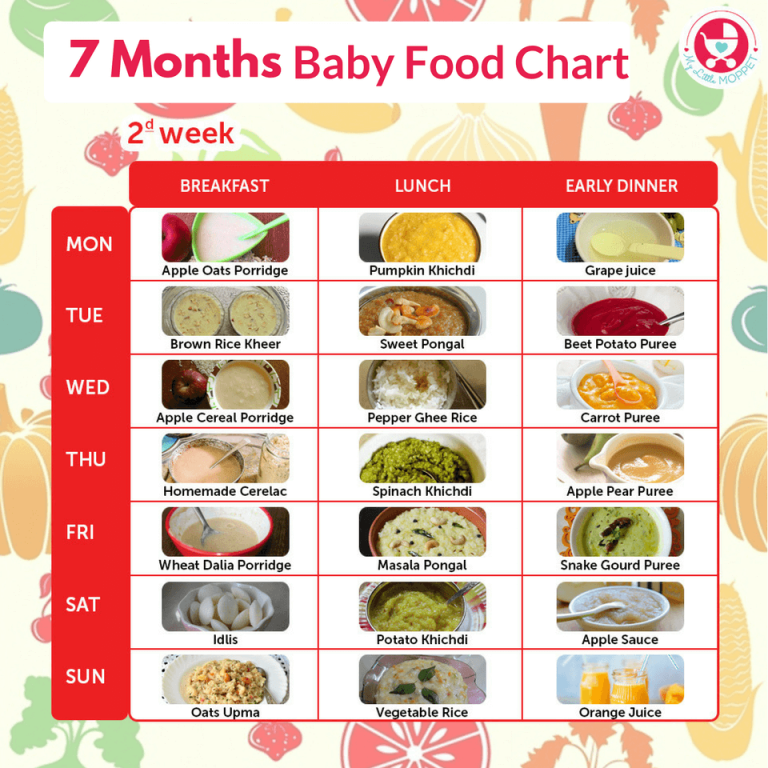 Also big on their to-do list is experiencing new solid foods. Now that they've got the basics of eating down, it's time to start expanding their palate and introducing them to new flavors and textures.
Also big on their to-do list is experiencing new solid foods. Now that they've got the basics of eating down, it's time to start expanding their palate and introducing them to new flavors and textures.
It can be a big help to see what other parents are doing. Below, you'll find several sample schedules modeled on those of real BabyCenter parents and reviewed by a pediatrician on our Medical Advisory Board.
As you're creating a schedule for your baby, here are some things to keep in mind:
- At 7 and 8 months old, babies need solid foods two to three times a day.
- They're still getting most of their nutrients from breast milk or formula, though. A formula-fed baby will drink about 24 to 32 ounces of breast milk or formula in a 24-hour period.
- At 7 months old, your formula-fed baby will most likely drink 6- to 8-ounce bottles three to five times a day. By the time they're 8 months old, they'll have three or four bottles per day. (Here's how to tell whether your baby is getting enough formula.
 )
) - Breastfed babies also need about 24 to 32 ounces of breast milk daily, though it'll likely be on the lower end of that range. Your baby will most likely nurse three to five times a day at 7 and 8 months old. (Here's how to tell whether your baby is getting enough breast milk.)
Now's the time to start increasing the amount and variety of your baby's foods and to introduce finger foods and perhaps a sippy cup. If you're baby-led weaning, your baby is already familiar with finger foods but may be ready for you to expand their menu.
If you started with easy-to-eat foods like avocado, banana, and applesauce, you can start encouraging your baby to get a bit more adventurous. In fact, you can work on incorporating foods from the major food groups, offering bits of shredded chicken or fish, yogurt and pieces of cheese, soft fruits and veggies, and whole grains in the form of hot or cold cereal.
Also, talk to your pediatrician about the best way to introduce high-allergy foods such as peanuts, tree nuts, egg, wheat, soy, dairy, fish, shellfish, and sesame.
Keep in mind, though, that your baby's tummy is still on the small side, so they'll only eat a little bit of food at each meal. You can aim for 1 to 3 tablespoons of grains, fruits, veggies, and proteins per meal, and slowly increase that amount over the next few months.
Sample 7-month-old feeding schedule
7 a.m.: Nurses.
8 a.m.: Breakfast – 3 tablespoons of baby cereal mixed with 2 ounces of breast milk, plus some pureed fruit.
8:45 a.m.: Playtime.
9:30 a.m.: Naptime.
11 a.m.: Nurses, then playtime.
11:45 a.m.: Naptime again.
12:30 p.m.: Lunch – 3 tablespoons of baby cereal mixed with 2 ounces of breast milk, some pureed fruit, and water in a sippy cup.
2 p.m.: Naptime.
3 p.m.: Nurses.
3:15 p.m.: Playtime.
5 p.m.: Dinner – 3 tablespoons of cereal mixed with 2 ounces of breast milk, some pureed veggies, and water in a sippy cup.
6:30 p.m.: Bath time.
7:15 p.m.: Nurses.
7:30 p.m.: Bedtime.
Sample 8-month-old feeding schedule
7 a.m.: 8-ounce bottle, then playtime.
8 a.m.: Breakfast – a pouch or jar of fruit.
9 a.m.: Playtime.
10 a.m.: 6-ounce bottle and nap time.
12:30 p.m.: Lunch – a pouch of meat and veggies.
1 p.m.: Playtime outside.
2 p.m.: 6-ounce bottle and naptime.
5 p.m.: 4-ounce bottle, then playtime.
6 p.m.: Dinner – half a jar of veggies and a half jar of fruit.
6:30 p.m.: Playtime.
7:15 p.m.: Bedtime routine, 8-ounce bottle, then bedtime.
Meal ideas for 7- and 8-month-olds
Not sure how to get started planning nutritious meals for your baby? You can follow the rule of four: give your baby one serving each of protein, carbohydrates, fruits, and veggies. If you're not sure how much to feed your baby, check out our visual guide.
If you're not sure how much to feed your baby, check out our visual guide.
Here are some simple things you can serve your 7- to 8-month-old.
Breakfast:
- Yogurt with pureed fruit
- Mashed sweet potatoes
- O-shaped cereal
- Baby oatmeal
- Cottage cheese with pureed fruit
- Scrambled eggs
Lunch:
- Mashed black beans
- Pureed chicken
- Ground beef and pureed veggies
- Lentils
- Turkey and zucchini puree
- Whole-grain crackers with a thin smear of peanut butter
- Mashed banana with Greek yogurt
Dinner:
- Pureed beef with steamed peas
- Small pieces of whole grain bread with mashed avocado
- Shredded turkey
- Whole-grain pasta with tomato sauce
Learn more:
- Your 7-month-old's growth and development
- Your 8-month-old's growth and development
- Recipes for babies 6 to 12 months old
- Age-by-age guide to feeding your baby
Diet for a child aged 7 months
When compiling a diet for a seven-month-old baby, distribute the products so that you get a certain prototype of the menu of an already grown-up child with breakfast and lunch.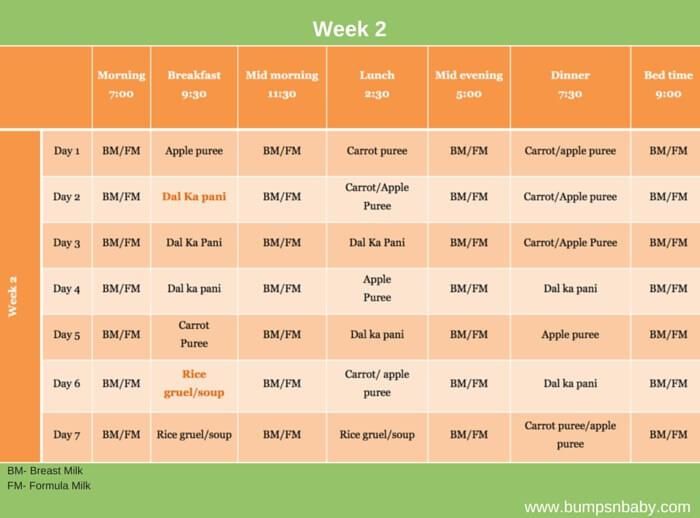
At this age, the yolk of a boiled chicken egg, a valuable source of fat, vitamin B12, A, phosphorus and selenium, is introduced into the child's diet. Chopped yolk can be added to porridge or vegetable puree.
At the age of 7 months, you can already give your baby a cracker (in the form of dried bread) and baby biscuits.
The volume of fruit puree and juice is increased to 70 g.
It is still better to give preference to commercially produced complementary foods, given their high degree of safety and variety. If the baby does not perceive a new product the first time, it can be mixed with an already familiar product.
Approximate diet for a child aged 7 months.
| I feeding 6 hours | Breast milk or VHI* | 200 ml |
| II feeding 10 hours | Dairy-free or milk porridge ** Butter Boiled egg yolk Supplementation with breast milk or VHI | 150 g |
| III feeding 14 hours | Vegetable puree Vegetable oil Meat puree Fruit juice | 170 g approx. 1 tsp. 30 g 70 ml |
| IV feeding 18 hours | Fruit puree Baby biscuits Breast milk supplement or VHI | 70 g |
| V feeding 22 hours | Breast milk or VHI | 200 ml |
* - infant formula
** - dairy-free porridge should be diluted with breast milk or infant formula that the child receives. Milk porridge is diluted with water.
Approximate diet of a 7-month-old child with cow's milk protein allergy:
| I feeding 6 hours | Breast milk or formula for infants with intolerance to cow's milk proteins | 200 ml |
| II feeding 10 hours | Dairy-free porridge* Vegetable oil Fruit puree (apple, pear) | 130 g approx.  1 tsp. 1 tsp. 70 g |
| III feeding 14 hours | Vegetable puree Vegetable oil Meat puree (rabbit, turkey) | 170 g approx. 1 tsp. 30 g |
| IV feeding 18 hours | Vegetables or dairy-free porridge** Vegetable oil Meat puree | 180 g approx. 1 tsp. 20 g |
| V feeding 22 hours | Breast milk or medicated formula for infants with cow's milk protein intolerance | 200 ml |
* - dairy-free porridge should be diluted with breast milk or formula for children with intolerance to cow's milk proteins.
** - you can either alternate porridge or vegetables, or offer a mixed dish - porridge with vegetables.
Baby menu at seven months
0-6 months
Article
5/5 1 reviews
What should be the menu for a 7 month old baby? What foods and in what quantity can be introduced into the diet at this age? When and at what intervals to give the baby to eat? We will help develop an approximate menu for a 7-month-old baby and answer the most exciting questions regarding the nutrition of a baby up to a year old.
7 min. for reading Feb. 17, 2022
Contents
- Diet: when and how much should a child eat at 7 months
- Baby's menu at 7 months: introducing new products
- Consistency of dishes
- Meal schedule and approximate menu for each day
- Sample diet for a 7 month old baby allergic to cow's milk proteins: table
- FAQ
- Breastfeed your baby every 3-4 hours while breastfeeding.
- If you give your baby expressed breast milk, he needs approximately 710 grams per day. With 5-6 meals a day, this is about 120 to 200 grams of milk per meal.
- If the baby is formula-fed (FW), he needs 170 to 230 grams of formula up to 4 times a day, provided that 2 more feedings replace complementary foods. To find out how much mixture you need, be guided by the instructions on the package, the recommendations of the pediatrician.
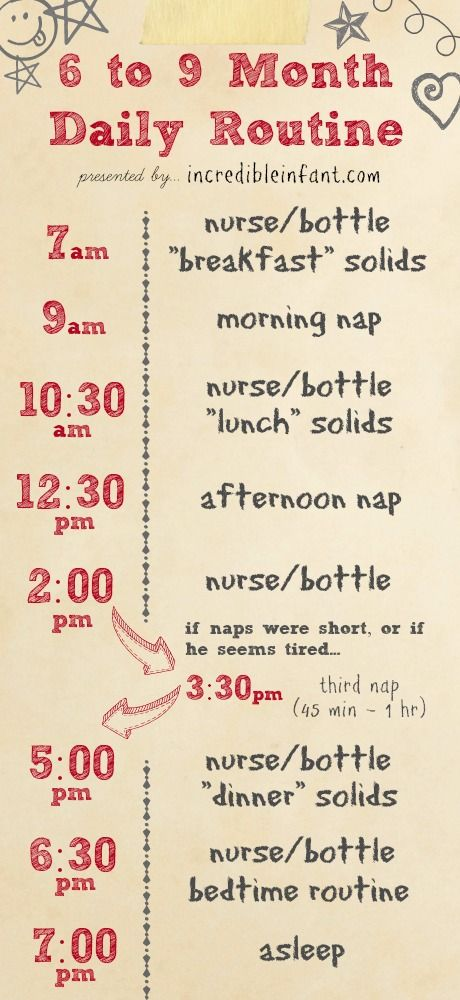
- From the age of 6 months, only mother's milk or adapted infant formula is not enough for a baby - he needs a variety of complementary foods. Introduce no more than one new product per day into the child’s menu at 7 months and consult a pediatrician first. After getting acquainted with different foods, up to three complementary foods can be given daily: it can be one or two tablespoons or 115-170 grams (8-12 tablespoons), depending on the baby and the specific product.
Important
The calculation of servings and the number of feedings depends on the individual characteristics of the development and needs of the child. Therefore, first of all, be guided by the recommendations of your pediatrician and the needs of the baby.
Baby menu at 7 months: introducing new products
The basis of the diet is still breast milk or infant formula. To diversify the menu, children's adapted food will help: fruit and vegetable purees, milk and dairy-free cereals, juices, as well as some products from the "adult table".
Cereals
At 7 months, dairy-free and milk porridges, along with breast milk, are the basis of a child's nutrition. To start complementary foods, choose gluten-free liquid one-component cereals with a high iron content: rice, buckwheat, oatmeal. A little later - corn and semolina. Start complementary foods with half or a whole teaspoon, gradually increasing the serving to 150 grams.
Important
Dairy-free porridge is diluted with breast milk or milk formula, milk - with purified boiled water.
Find out more: Gerber® Baby Cereals: product range
Vegetable and fruit purees
Vegetable and fruit purees diversify the diet and introduce new tastes to the baby. According to WHO recommendations, the best product to start with is a one-component vegetable puree made from zucchini, broccoli, cauliflower or potatoes. These vegetables are less allergenic than other foods. If the child does not have allergies, pumpkin, carrot, pea and tomato puree can be given a little later.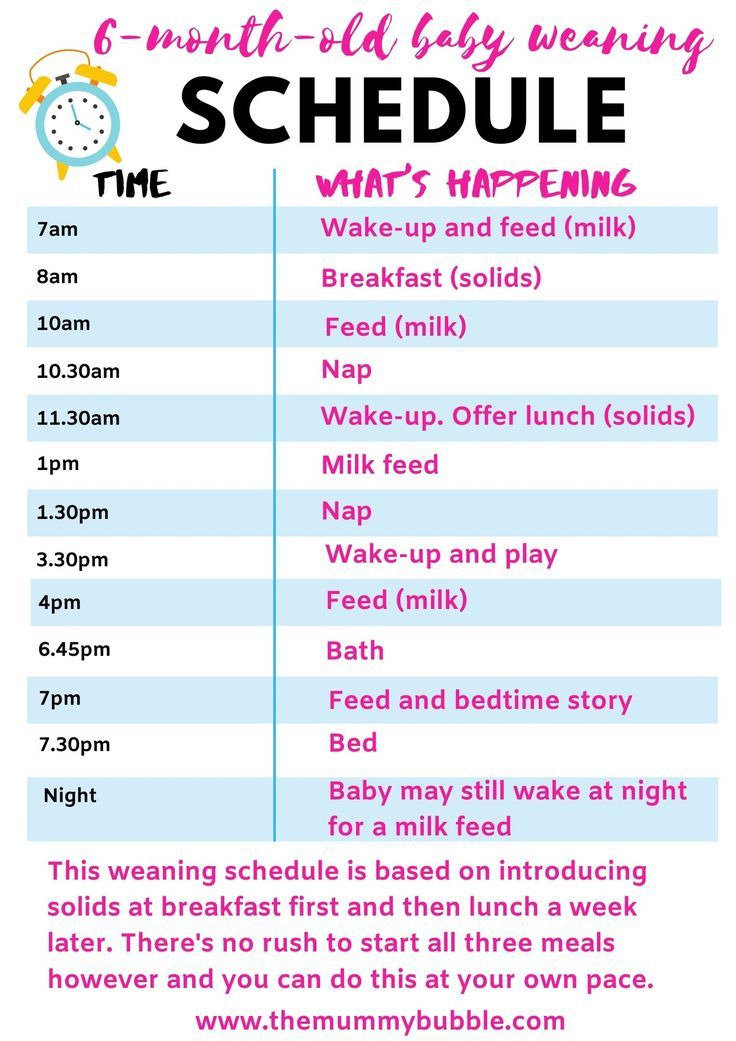
Find out more: Gerber® Vegetable Purees
After introducing vegetable purees into your diet, it's time for your baby to get to know sweet and healthy fruit purees. Like vegetable, fruit complementary foods are also recommended to start with one-component low-allergenic foods. Apple, pear or banana puree is best for this. Start with half or a whole teaspoon and gradually increase the serving to 100-150 grams.
Find out more: Gerber® fruit purees
Meat
Meat is a developmentally necessary product rich in iron and protein, which is well absorbed in the body. Start with homogenized options. The product must contain only one type of meat (diet turkey, rabbit, chicken, veal) and no additional components. If the crumbs have a tendency to food allergies, choose meat very carefully, it is better to consult a doctor in advance. Pay attention to the composition of baby food and its age-appropriate baby.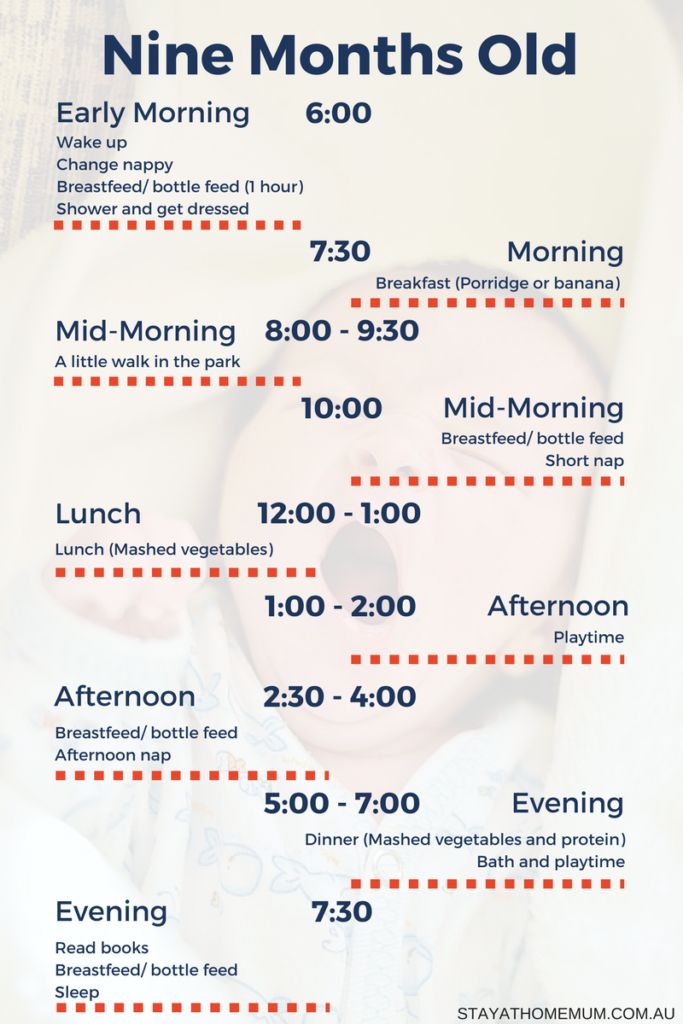 First, let the baby try half a teaspoon. If no adverse reactions occur, gradually increase the meat rate to 60 grams.
First, let the baby try half a teaspoon. If no adverse reactions occur, gradually increase the meat rate to 60 grams.
Find out more: Gerber® Meat Purees
Juices
Fruit juice is great for snacking and menu variety. Young children tolerate clarified apple and pear juice better, so they should be introduced first. Give the baby adapted baby juices: they do not contain sugar or other additives undesirable for the child. Ordinary store-bought juices can only be drunk by children over three years old.
0014
Advice
Introduce your baby to juices after introducing cereals and vegetable purees. Often the child gets used to sweet juices and then does not eat foods with a less bright taste.
Egg yolk
In addition to cereals and mashed potatoes, boiled egg yolk is introduced at the age of 7 months, as it is an excellent source of omega-fats, selenium, phosphorus and vitamins.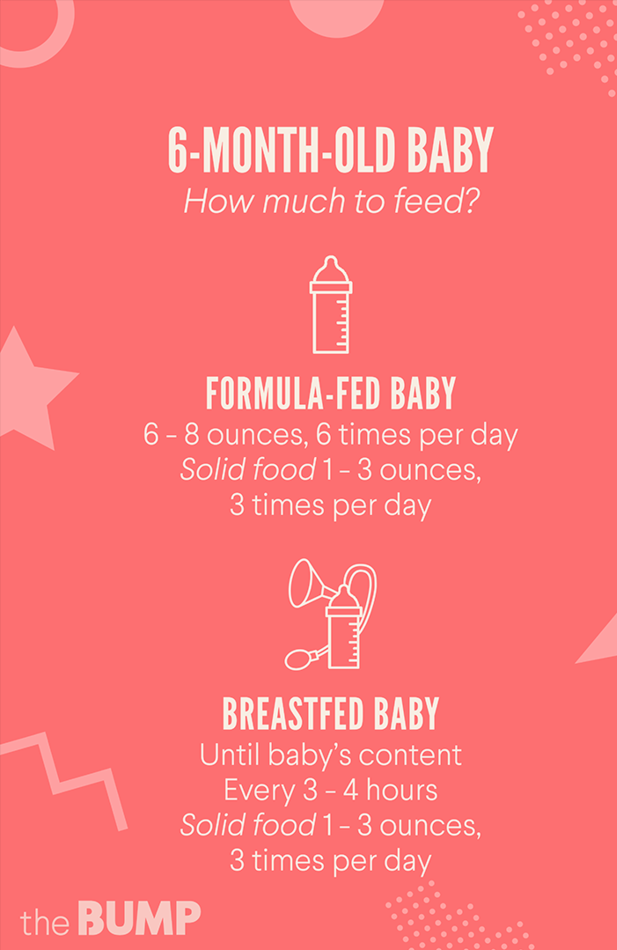 Please note that you need to give the egg not the whole, but only the yolk. But, like any other product that you give to try for the first time, it should be introduced carefully and little by little to make sure that the baby does not have an allergy. Do not combine with other food! Only when you "test" the yolk, it is allowed to add it to cereals and vegetable purees.
Please note that you need to give the egg not the whole, but only the yolk. But, like any other product that you give to try for the first time, it should be introduced carefully and little by little to make sure that the baby does not have an allergy. Do not combine with other food! Only when you "test" the yolk, it is allowed to add it to cereals and vegetable purees.
Important
It is believed that allergic children can be fed quail eggs. But it is important to remember that quail eggs can also be allergic, as they also contain egg white, an allergen found in chicken eggs. Therefore, do not experiment, but seek the advice of a pediatrician.
See also: Introduction of complementary foods to children with food allergies
Baby cookies and croutons
At seven months, some babies begin to erupt their first teeth. Therefore, you can add crackers and children's cookies to food.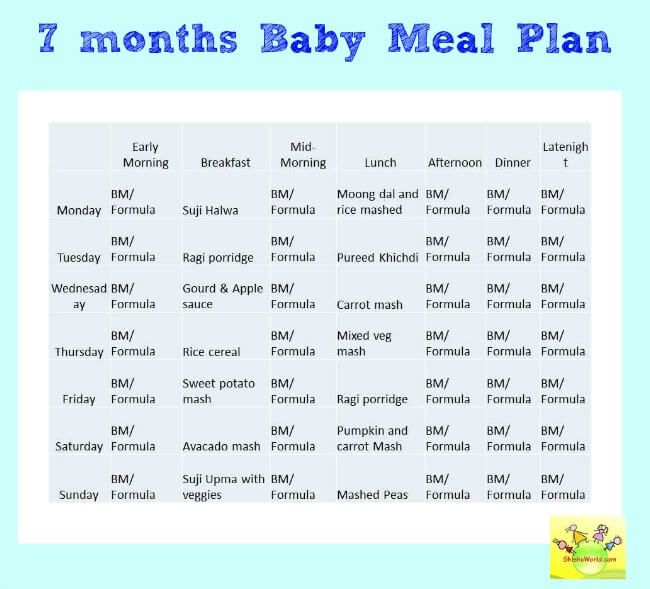 But do not forget that they should not be too hard so that the child does not get hurt and choke. It is also better to choose special products without added salt, sugar, synthetic leavening agents and preservatives.
But do not forget that they should not be too hard so that the child does not get hurt and choke. It is also better to choose special products without added salt, sugar, synthetic leavening agents and preservatives.
Important
The child should eat solid food in a sitting position and strictly under adult supervision.
Consistency of dishes
The main component of the diet remains liquid and homogeneous (without lumps) - breast milk or milk formula, milk and dairy-free cereals. As the baby grows, the baby's food should change from liquid and homogeneous to thicker and puree, mashed. When the body adapts and is able to digest solid food, they begin to carefully introduce small, medium and coarsely ground foods, give children's cookies and crackers. At 7 months, some babies already have teeth, but the child cannot yet chew thoroughly and safely swallow vegetables, fruits and meat. Therefore, solid food should be given only in a grated form. It is important that the puree is not too thick, otherwise the child may accidentally choke.
It is important that the puree is not too thick, otherwise the child may accidentally choke.
Advice
If you are making puree yourself, carefully remove everything that is not rubbed and can get into the crumbs' respiratory tract: bones, fat, veins, skin, films. To make the puree easier to swallow, add some boiled water, unsalted vegetable broth, vegetable puree already familiar to the baby, or breast milk (milk mixture).
By about 7 months of age, the baby has mastered the skill of "palm grip" and can independently hold solid food in the handle. From now on, you can give your child special baby cookies or snacks. At the same time, make sure that the baby eats slowly, in a sitting position and does not choke.
Important
Your baby should be ready for more sticky or solid foods. Therefore, before changing the consistency of food for a child, consult a pediatrician.
What can be given to children at 7 months and at what time to feed? Parents can begin to form a classic division of food consumption per day.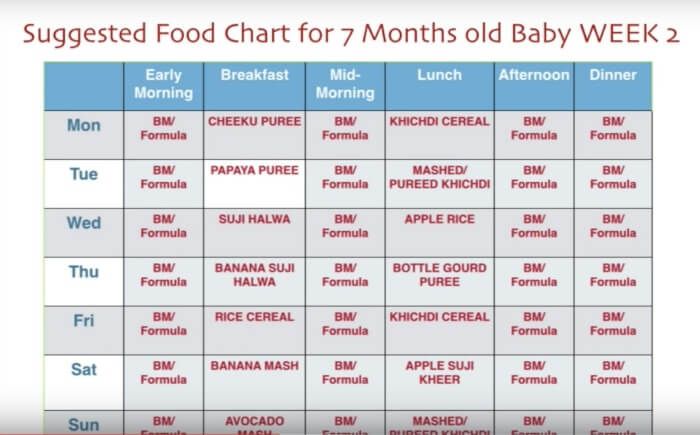 But at 7 months, the baby needs to be fed not three or four, but five times a day at intervals of four hours. The first and final feeding is mother's milk or formula. Complementary foods are not given at this time in order to prevent overeating.
But at 7 months, the baby needs to be fed not three or four, but five times a day at intervals of four hours. The first and final feeding is mother's milk or formula. Complementary foods are not given at this time in order to prevent overeating.
*Dairy-free porridge should be diluted with breast milk or infant formula given to the baby. Milk porridge is diluted with water.
Advice
Do not salt or sweeten food. It is better to introduce the baby to sugar and salt after a year.
| Feeding time | Products | Serving Size |
|---|---|---|
| I feeding 6 hours | Breast milk or medicated formula for infants with cow's milk protein intolerance | 200 ml |
| II feeding 10 hours | Nestle® Dairy-Free Rice Porridge* | 130 g |
| Vegetable oil (add to food) | about 1 tsp. | |
| Gerber® Apple or Williams Pears Fruit Puree | 70 g | |
| III feeding 14 hours | Gerber® Vegetable Puree Broccoli, Cauliflower | 170 g |
| Vegetable oil (add to food) | about 1 tsp.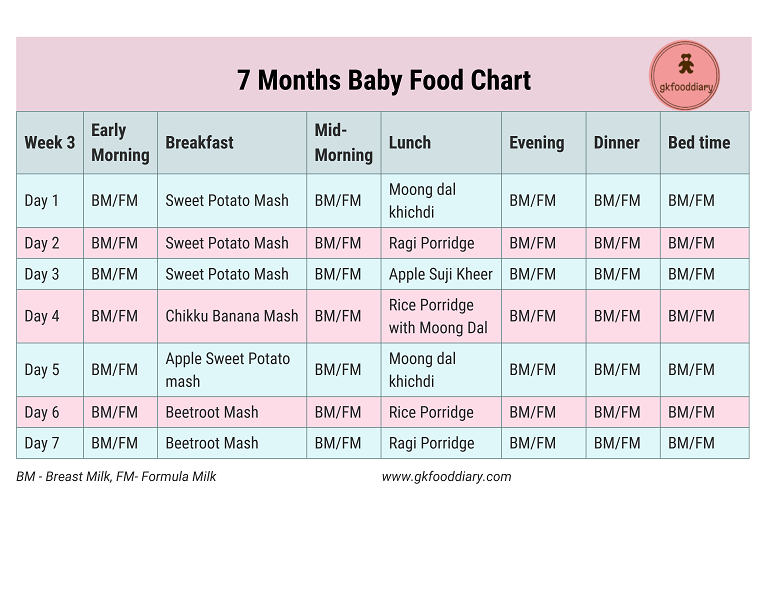 | |
| Gerber® Meat Puree Tender Vegetables with Rabbit | 30 g | |
| IV feeding 18 hours | Vegetable puree or dairy-free porridge** | 170 g |
| Vegetable oil (add to food) | about 1 tsp. | |
| Gerber® Tender Turkey Meat Puree | 20 g | |
| V feeding 22 hours | Breast milk or formula for infants with cow's milk protein intolerance | 200 ml |
*Dairy-free porridge should be diluted with breast milk or formula for infants with intolerance to cow's milk proteins. **you can either alternate porridge or vegetables, or offer a mixed dish - porridge with vegetables.
Now you know what products and in what form can be introduced into the child's menu at 7 months. It is preferable if it is certified baby food that meets all age requirements and high safety standards.
See also: Do we cook ourselves or use baby food?
1.

 g. lentils) (120g)
g. lentils) (120g)